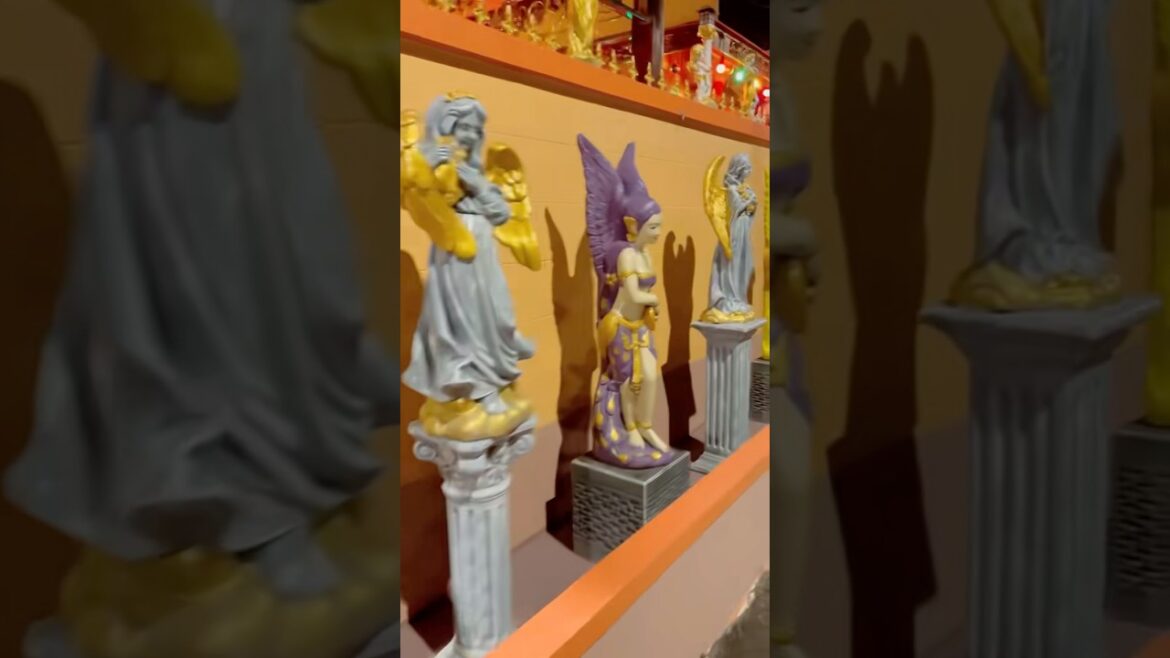Roman & Buddhist Classical Statues #RomanAndBuddhistArt #statue #shorts
[موسيقى] when other with all my friend to like me again that happ [موسيقى] put on so keep up there goes my and go my [موسيقى] dan miss what do I don’t make me in the don’t think about you think my mind what to do عيون [موسيقى]
#RomanAndBuddhistArt #ClassicalStatueDecor #timelesshomedesign #SacredAndClassic
#CulturalInteriorStyle #ancientrome
Buddhist Kinnaree and Roman Statues for home decoration. Kinnarees, according to Thai mythology, were half-human, half-bird creatures that lived in Himmapan, a legendary forest in the Himalayas, which separated Heaven and Earth. This story of Manorah has inspired a dance form known as the Manorah Buchayan.
Roman statues were typically realistic, detailed, and often designed to convey power, prestige, or divine association. They drew heavily from earlier Greek sculpture but leaned more toward verism—a style that emphasized lifelike, sometimes unflattering features, such as wrinkles, scars, and the signs of age, especially in portraits of politicians and military leaders.
Common characteristics include:
Materials: Marble and bronze were the most common, though cheaper works might use plaster or terracotta.
Subjects: Emperors, senators, generals, gods, and mythological figures. Roman portraiture was especially famous for capturing the individuality of the subject.
Function: They weren’t just decorative—statues served political and religious purposes, often displayed in forums, temples, and public squares to reinforce authority or commemorate victories.
Clothing & Poses: Figures might be shown in togas (for civilians), armor (for military leaders), or nude (for gods or idealized forms). Many were posed in contrapposto (a natural weight shift stance), a legacy from Greek art.
Color: Contrary to the white marble we see today, many Roman statues were originally painted in vibrant colors, though the pigments have mostly worn away.
In short, Roman statues combined Greek idealism with a Roman taste for realism and political messaging, creating art that was as much about public image as it was about beauty.


3 Comments
Roman and Buddhist classical statues, also known as Kinnarees.
Beautiful ❤
🎉🎉🎉🎉❤❤❤❤